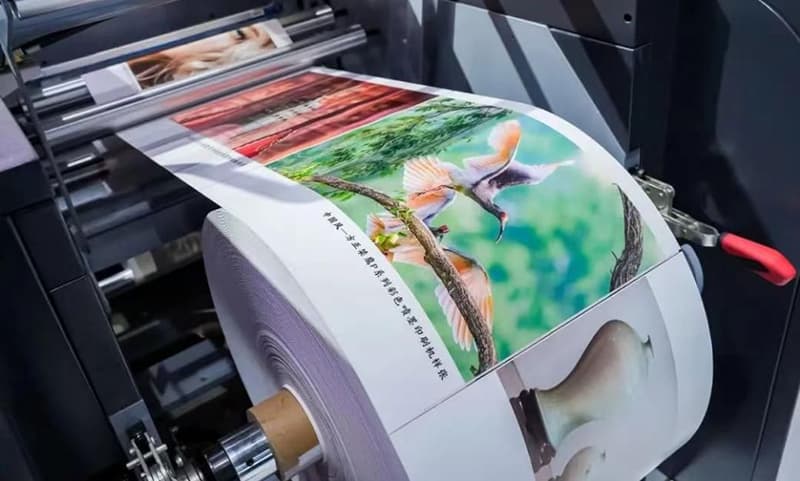Egypt’s Printing Industry to Participate in All in Print China

The Chamber of Printing & Packaging Industries of the Federation of Egyptian Industries (FEI) has invited its members to participate in the 9th All in Print China 2023 to be held at Shanghai New International Expo Centre (SNIEC), from 1-4 November, 2023.
The chamber stated that the growing international participation in the exhibition has ushered in greater momentum, which can be capitalized by Egyptian companies to know all about the latest technologies that are being used in the global printing and packaging industries.

Through a letter addressed to the Chinese embassy and the organizers, the chamber has addressed the provision of facilities for the participating Egyptian companies, including travel visas and a translator for communication with the exhibitors.
The chamber has also prepared a list of hotels to provide accommodation at discounted rates, as well as transportation, which is being continuously shared with the Chinese side to facilitate an all-inclusive, hassle-free experience.

The Chamber of Printing & Packaging provides impetus to the Egyptian printing and packaging industry to participate in international exhibitions and forums that will assure them of huge exposure to global trends, to learn about the latest technologies, create a strong industrial society, and enhance competitiveness in the field of printing and packaging.





